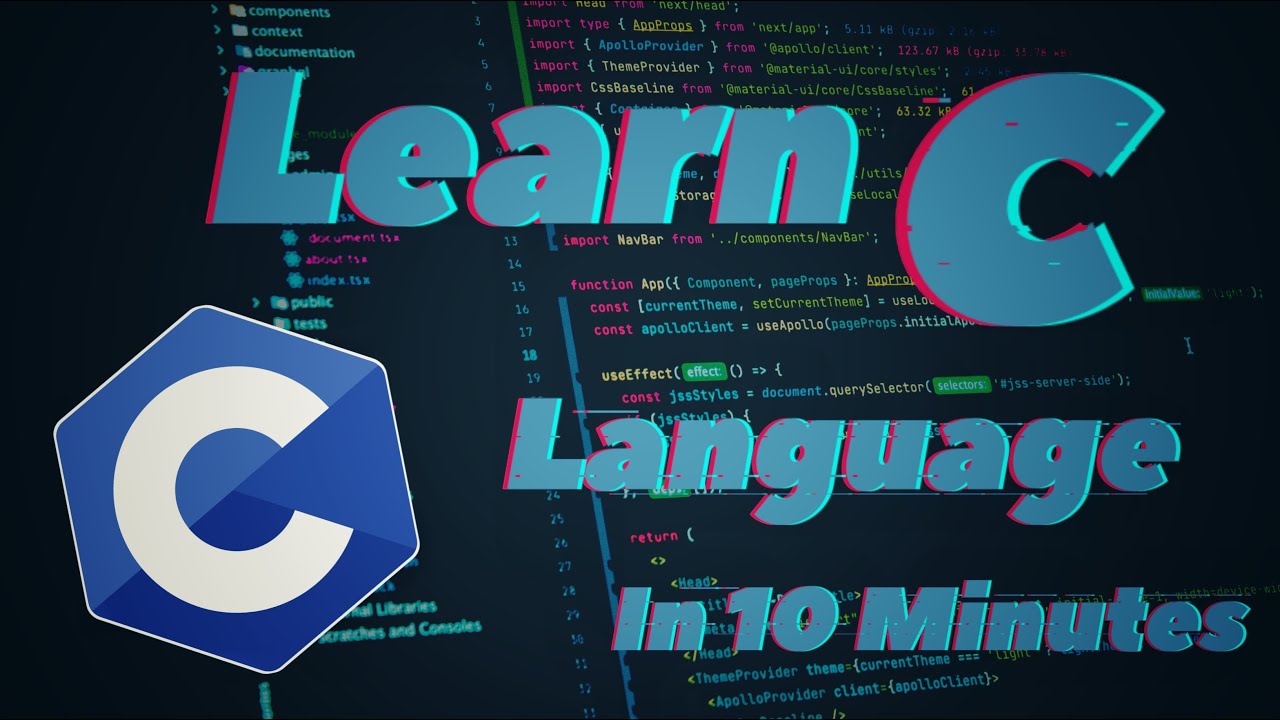Brief history of the C++ language
Summary
TLDRIn 1978, Brian Kernighan and Dennis Ritchie introduced the C programming language at AT&T Labs in New Jersey. Seven years on, Bjarne Stroustrup built upon C's foundations by creating C++, a language that embraced object-oriented programming and other enhancements. The '+' in C++ symbolizes an increment operator in C, suggesting an advancement over its predecessor. C++ has influenced many languages, including Apple's Objective-C and Microsoft C, and continues to be a significant language with 9% of lines written, ranking third after C and Java.
Takeaways
- 📚 Brian Kernighan and Dennis Ritchie developed the C programming language, which was published in 1978.
- 🔢 C++, a C-based language, was introduced in 1985 by Bjarne Stroustrup, incorporating object-oriented programming and other enhancements.
- 🔄 The '+' in C++ symbolizes the increment operator in C, suggesting an improvement over the original C language.
- 🍎 Variants of C++ include Apple's Objective-C and Microsoft C, indicating the language's adaptability and widespread use.
- 🌐 Many newer programming languages, such as Java, have been influenced by C++, showing its enduring impact on the field.
- 📈 C++ is the third most commonly written language, with 9% of lines written, following C and Java, as depicted in the graph.
- 💡 The development of C++ aimed to extend the capabilities of C, adding object-oriented programming constructs for more structured and reusable code.
- 🛠️ C++'s popularity can be attributed to its performance and flexibility, making it suitable for a wide range of applications.
- 📝 The script highlights the historical significance of C and C++ in the evolution of programming languages and their continued relevance today.
- 🔑 The naming of C++ reflects the language's incremental improvements over its predecessor, C, and its role in advancing programming paradigms.
- 🌟 The script provides a snapshot of the programming language landscape, with C++ holding a notable position among other languages.
Q & A
Who were the original creators of the C programming language?
-Brian Kernighan and Dennis Ritchie created the C programming language while working at AT&T Labs in New Jersey.
In what year was the C programming language first published?
-The C programming language was first published in 1978.
Who is credited with the development of the C++ programming language?
-Bjarne Stroustrup is credited with the development of the C++ programming language.
When was the C++ programming language first described in a book?
-C++ was first described in a book in 1985, seven years after the publication of C.
What programming paradigm does C++ support that C does not?
-C++ supports object-oriented programming, a paradigm not present in the original C language.
What does the '++' in the name C++ represent?
-The '++' in the name C++ represents the increment operator in C, suggesting an improvement over the C language.
Can you name some variants of C++?
-Variants of C++ include Apple's Objective-C and Microsoft C, among others.
How does the script describe the influence of C++ on newer programming languages?
-The script states that many newer languages, like Java, have a strong C++ flavor, indicating C++'s influence on their design.
What is the script's claim about the popularity of C++ in terms of lines of code written?
-According to the script, C++ is the third most commonly written language, with 9% of the lines written in all languages.
Which languages are mentioned in the script as being more commonly used than C++?
-The script mentions that C and Java are more commonly used than C++, with C++ following as the third most used language.
What does the graph mentioned in the script illustrate?
-The graph in the script illustrates the percentage of lines written per language, showing C++'s position as the third most written language.
Outlines

This section is available to paid users only. Please upgrade to access this part.
Upgrade NowMindmap

This section is available to paid users only. Please upgrade to access this part.
Upgrade NowKeywords

This section is available to paid users only. Please upgrade to access this part.
Upgrade NowHighlights

This section is available to paid users only. Please upgrade to access this part.
Upgrade NowTranscripts

This section is available to paid users only. Please upgrade to access this part.
Upgrade NowBrowse More Related Video

The History Of Programming Languages in 5 Minutes

Learn C Language In 10 Minutes!! C Language Tutorial

C_01 Introduction to C Language | C Programming Tutorials

جلسه اول - دوره آموزش زبان برنامه نویسی C | سطح مقدماتی - متوسط

A Brief Introduction to C

Dennis Ritchie's video interview June 2011 by DennisRitchie.in
5.0 / 5 (0 votes)